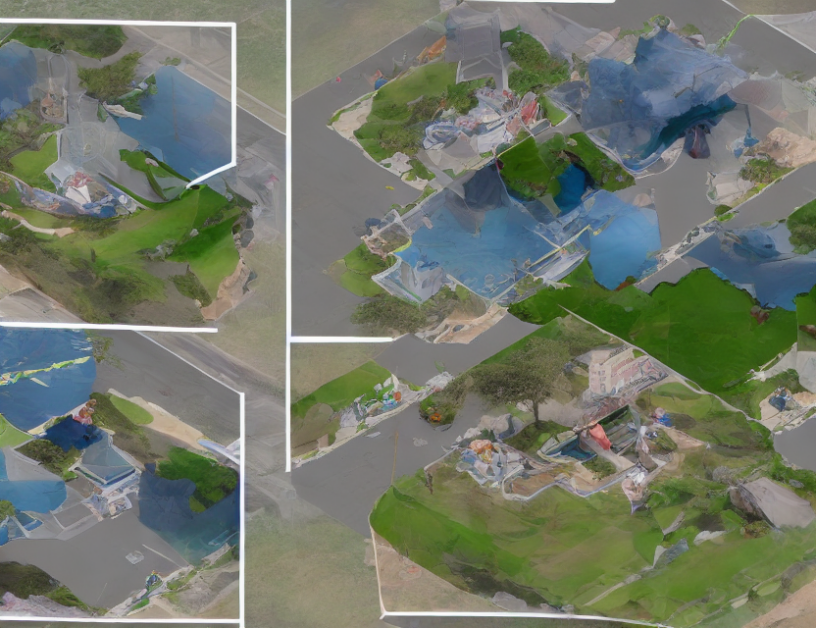In this research paper, the authors aim to improve the performance of open-vocabulary segmentation models by leveraging the power of large language models like CLIP. They propose a novel approach that combines the strengths of two existing methods – decoupled transformers and lightweight decoders – to generate entity proposals and classify them with CLIP. The proposed method, called SAM (Semantic Segmentation with Adaptive Mask), is shown to outperform state-of-the-art open-vocabulary segmentation models on several benchmark datasets.
To understand how SAM works, let’s break it down into its key components:
- Decoupled Transformer Decoder: This module generates entity proposals by decoding a context vector using a transformer decoder. The transformer decoder is trained to predict the location of objects in an image based on their semantic meaning.
- CLIP Prediction: After generating entity proposals, the authors use a CLIP model to classify them into different categories. CLIP is a pre-trained language model that has been fine-tuned for various computer vision tasks, including segmentation. By using CLIP, the authors can leverage its knowledge of object recognition to improve the accuracy of their segmentation model.
- Adaptive Mask Generation: The authors propose an adaptive mask generation method that takes into account both the object classification and instance segmentation tasks. This allows the model to generate more accurate masks for each object, which in turn improves the overall performance of the segmentation model.
The proposed SAM method is shown to be effective in several experiments, achieving state-of-the-art results on several benchmark datasets. The authors also conduct an ablation study to analyze the contribution of each component of the SAM framework, providing insights into how the different elements work together to improve segmentation performance.
In summary, the article presents a novel approach to open-vocabulary segmentation that leverages the power of large language models like CLIP. By combining the strengths of transformer decoders and lightweight decoders with CLIP prediction, the authors are able to generate more accurate masks for each object in an image, leading to improved overall performance. The proposed SAM method has important implications for a wide range of computer vision applications, including autonomous driving, robotics, and medical imaging.



